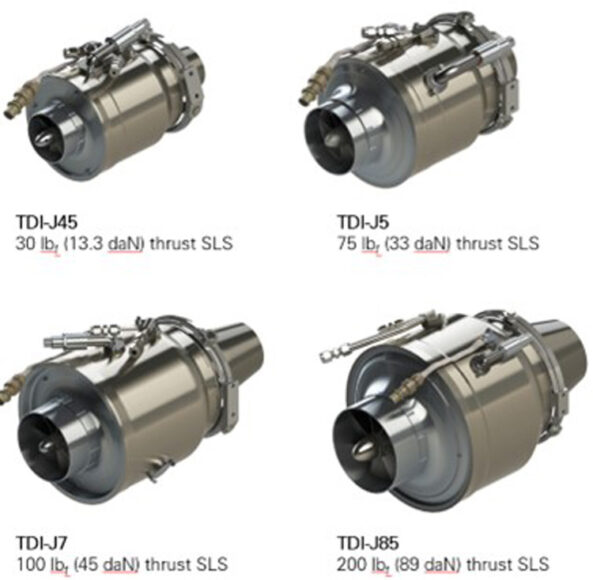General Atomics Aeronautical Systems, Inc. (GA-ASI) has displayed a full-scale model of GA-ASI’s Collaborative Combat Aircraft (CCA) during the Air Force Association (AFA) Air, Space & Cyber Conference 2024. The model was displayed at the Air Force Life Cycle Management Center’s booth. GA-ASI was one of two developers selected by the center to develop and build production CCA. GA-ASI builds on its Gambit family of UAS to provide its CAA design. The second company developing CCA under the program is Anduril. Many highly capable autonomous warplanes will fly alongside and well ahead of legacy human-piloted fighters to enhance their sensing, networking, and combat capabilities.

Oshkosh Submits Robotic Combat Vehicle (RCV) Proposal
Oshkosh Defense has officially submitted its proposal for the second phase of the U.S. Army’s Robotic Combat Vehicle (RCV) program. The company’s design focuses on providing the Army with highly mobile, unmanned ground vehicles capable of performing various roles, including reconnaissance, logistics support, and direct combat engagement. Phase II consists of a base award of $118.9 million and calls for down-selected contractors to deliver nine RCV Production Representative Prototypes in early 2026.
Oshkosh delivered two RCV Platform Prototypes as part of the Phase I Ground Vehicle Systems (GVS) Other Transaction Agreement (OTA) that Oshkosh was awarded in September 2023. These prototypes support platform mobility testing and Soldier touchpoints as part of the Phase II source selection. The Oshkosh team includes Pratt Miller Defense and QinetiQ US.
The U.S. Army is expected to evaluate multiple RCV prototypes before making a final selection, with Oshkosh positioning itself as a key competitor in the program. The RCV program is part of the Army’s broader push to integrate unmanned systems into its force structure to reduce personnel risk and increase operational flexibility.

Kratos Introduces New Low-Cost Turbojet Engines
Kratos Defense & Security Solutions has announced the immediate availability of four classes of low-cost turbojet engines from its subsidiary, Technical Directions, Inc. (TDI). These engines, ranging from 30 to 200 pounds of thrust, are designed to meet the growing demand for affordable propulsion systems for cruise missiles, loitering munitions systems, and other military applications.
 Vantage Robotics Introduces a New US-Built Micro-Drone
Vantage Robotics Introduces a New US-Built Micro-Drone
Vantage Robotics has unveiled its latest autonomous micro drone system, TRACE. TRACE is designed to perform various surveillance and monitoring tasks without direct human intervention. Its advanced AI-driven capabilities allow it to navigate autonomously, capture high-resolution imagery, and return to base.
Vantage Robotics aims to position TRACE as a US-built, cost-effective solution for organizations seeking reliable autonomous aerial surveillance. The TRACE system has cutting-edge sensors, high-definition cameras, and obstacle-avoidance technology, making it highly adaptable to various environments. This drone is expected to find applications in commercial sectors, such as infrastructure monitoring and agriculture, and defense for intelligence, surveillance, and reconnaissance (ISR) missions.




















